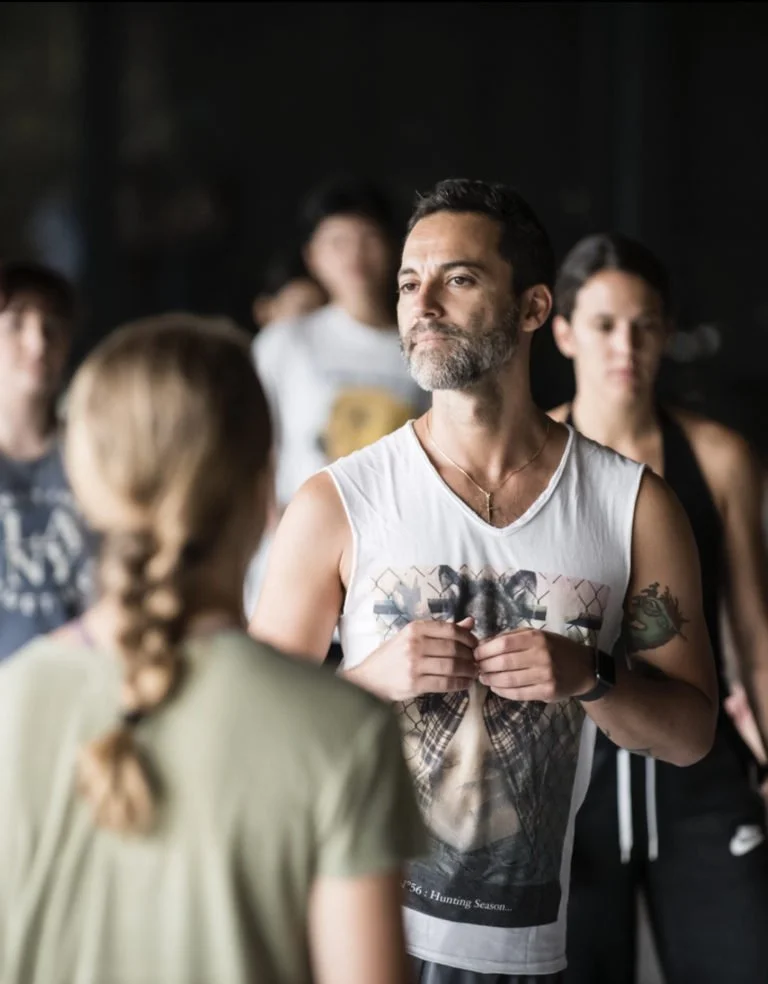DONALD SULTAN
/Artist
I always feel that you can never fail if you don't know what you're doing. The best work is what you do when you don’t know what you’re doing…A lot of the images that have struck me, that I get drawn to, a lot of them were from painting. Some of them were from early movies. Some of them were from places I visited, but mostly gardens or wild gardens that had things in them I’d never seen before, and then learning what that was when I'd been working on it. Generally speaking most of what I do had to do with my feelings about other artists work that I admired. A lot of the industrial materials that are use, floor tiling and things like that came from site specific artists, sculptors, people who built into the buildings, Arte Povera. Using works that were just found, the poor materials, that kind of thing. Tar I kind of got from working in my fathers tire shop with the grinding of the rubber and so on. Things come together and I wasn’t even aware of it until people start asking me about it. I remember telling them about this man, being in black room with all this rubber, smoking Camels. It was a very cool image. I’ll never forget the guy, but when I was doing it myself, that’s not what I was thinking. I was really thinking about the materials I was using and inverting them.







